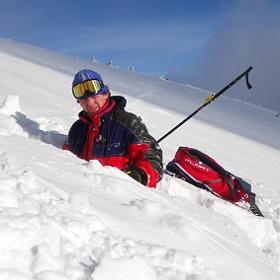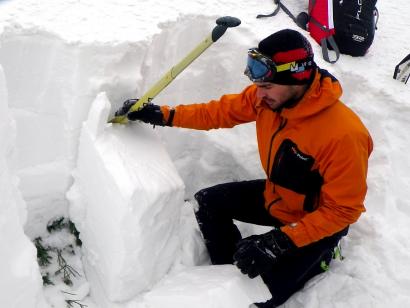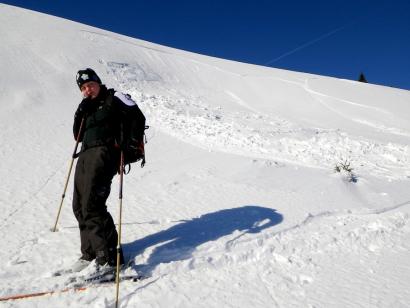
Watch out, avalanche
the first part
We are starting new series of the most serious danger in winter mountains. We not going to teach you how to ride in avalanche, but we give you important tips and knowledges about avalanche issues, safety and prevention.
What is an avalanche?
Avalanche is a mass of snow, also ice and rocks which is rolling down. This phenomenon with its brutal force is killing and destroying everything what is towards its way. Avalanches has an influence to the character of nature. Thanks to avalanches and snow splashes we can meet a rich plant wealth in Velký Kotel in Jeseníky mountains.
The exact definition of an avalanches says that it is a sudden release and consecutive fast slide of snowin path of length greater then 50 meters and minimal volume 100 cubic meters. We can say that is a slide of snow which is dangerous for human life. Smaller slide is called sluff.
In fact that most of the avalanches are triggered by people and spontaneous avalanches are rare, we have to have appropriate respect to the mountains. According to alpine statistics in avalanches dies around 150 people. In Czech mountains it is one or two in one year. In most cases it is because of underestimation of the risk and neglect prevention.
How is the avalanche triggered?
An avalanche is triggered in case of additional load where the tension on certain place is greater then stability of snow cover and the friction resistance is overcome. Due to certain weather condition can form a “weak” layer in snow cover which can be the cause of the avalanche.
The basic principle of the avalanches is the gravity in effect on snow cover. In snow cover are couple processes thanks to gravity. The main processes in snow cover are subsidence and crawling down of the snow cover. The stability of snow cover can be corrupted by an additional load caused by new snow or by human influence. It can be also corrupted by dwindling, higher temperatures and rain.





















